Lens ultrasonic cleaning machine – optical lens ultrasonic cleaning
Browse Volume:887 Classify:Support
In modern society, science and technology are developing at an unexpected speed. Of course, it has also produced products that ordinary people cannot imagine. All these things are promoting the development of human society. Today, I want to introduce a high-tech product that many people may not have heard of. It’s called the lens ultrasonic cleaner. What special functions does it have and what is its working principle? I will introduce it to you.
Lens ultrasonic cleaning machine – achievements
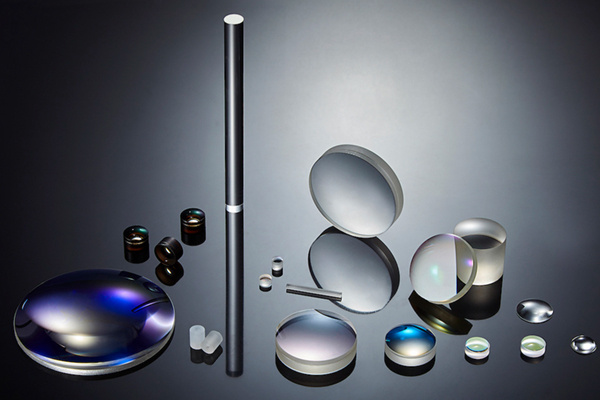
Optical lens
In optical cold processing, the cleaning of lenses mainly refers to the cleaning of residual polishing liquid, adhesive and protective materials after lens polishing; Cleaning of edge grinding oil and glass powder after lens edge grinding; Cleaning of finger prints, saliva rings and various attachments before lens coating. The traditional cleaning method is to use wiping materials (gauze, dust-free paper) in combination with chemical reagents (gasoline, ethanol, acetone, ether) to soak and wipe manually. This method is time-consuming, laborious, and poor in cleanliness, obviously not suitable for modern large-scale optical cold processing industry. This forced people to find a mechanized cleaning method to replace. Therefore, ultrasonic cleaning technology gradually entered the optical cold processing industry and showed its strength, further promoting the development of optical cold processing industry.
Lens ultrasonic cleaning machine – basic principles
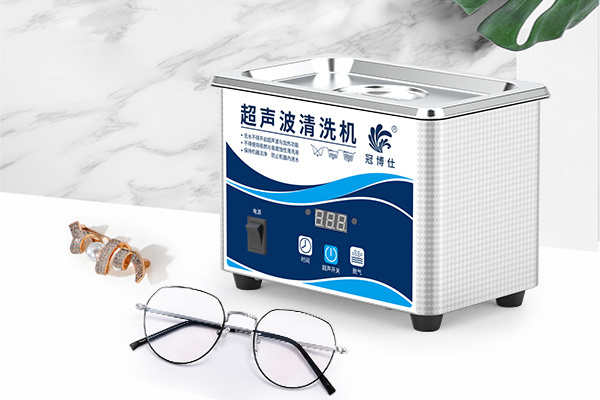
Glasses ultrasonic cleaner
It can be roughly considered as a method to use the huge force generated by ultrasonic field to promote a series of physical and chemical changes of substances to achieve the purpose of cleaning with the cooperation of washing medium. When the high frequency vibration higher than the sound wave (28~40KHz) is transmitted to the cleaning medium, the liquid medium will produce a nearly vacuum cavity bubble under the high frequency vibration. During the process of collision, merger and disappearance of cavity bubbles, the local liquid will produce a pressure of thousands of atmospheres instantly. Such a pressure will cause a series of physical and chemical changes in the surrounding materials.
Lens ultrasonic cleaning machine – how to clean

Cleaning machine technical features
IPA process: consists of four processes: washing, rinsing, dehydration and drying. Because the washing process is divided into solvent cleaning and water-based cleaning, there are different processes: solvent cleaning, solvent steam drying and water-based cleaning; Also, solvent cleaning is carried out first, then solvent is dissolved with emulsifier, and then water-based cleaning is carried out. Obviously, the latter is more smooth and compact in the process and requires simple equipment. After washing, there will be no firmly bound dirt on the lens surface, only a mixture of some cleaning agents and loose dirt. The process of using running water to dissolve and remove the detergent and dirt on the surface of the washed rear lens is called rinsing.
Pure water process: consists of three processes: washing, rinsing and drying. Washing and rinsing are the same as IPA process and will not be repeated. The difference is dryness. There are two kinds of drying conditions: hot pure water slowly lifting and cold pure water drying. The surface tension of pure water with a resistivity greater than 15M Ω · M can reach the maximum under a certain high temperature. The rinsed lens will be immersed in it, and the surface will not be wetted. When it is tilted and slowly pulled away, the maximum surface tension will occur. Pure water quickly shrinks into a sphere on the surface and leaves the lens. The dehydrated lens is dried under the filtered hot air. Therefore, the purity of water, temperature, slow lifting speed, the gradient of workpiece, and the cleanliness of hot air have a great impact on drying.
The above is a brief introduction to the ultrasonic cleaning process in optical cold processing. Because it is too professional, you should fully understand that it may take a little more time. In general, the carrier to realize the process is equipment. An ultrasonic cleaning machine with reasonable design and stable performance can give full play to the advantages of ultrasonic cleaning process. If you are interested, you can contact our company.
 GranboSonic
GranboSonic





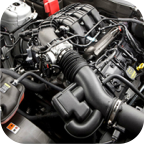



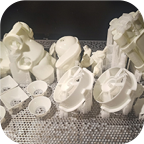

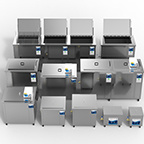




Hello!